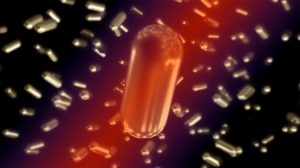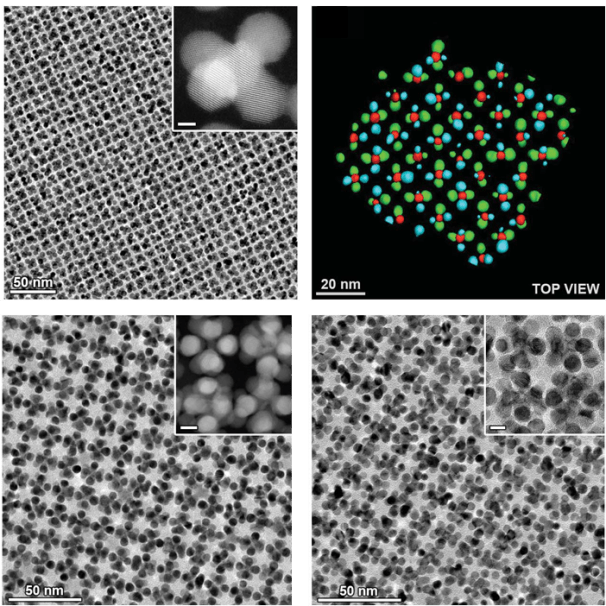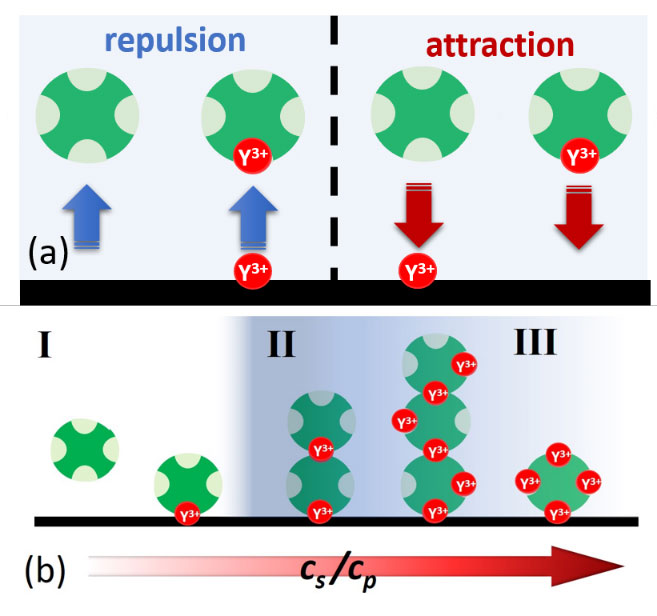The irradiation of gold nanorod colloids with a femtosecond laser can be tuned to induce controlled nanorod reshaping, yielding colloids with exceptionally narrow localized surface plasmon resonance bands. The process relies on a regime characterized by a gentle multishot reduction of the aspect ratio, whereas the rod shape and volume are barely affected. Successful reshaping can only occur within a narrow window of the heat dissipation rate: Low cooling rates lead to drastic morphological changes, and fast cooling has nearly no effect. Hence, a delicate balance must be achieved between irradiation fluence and surface density of the surfactant on the nanorods. This perfection process is appealing because it provides a simple, fast, reproducible, and scalable route toward gold nanorods with an optical response of exceptional quality, near the theoretical limit.
Read more:
González-Rubio G. et al.,
Science. 2017; 358, 640-644.
Press release “A Spanish research team succeeds in making gold nanoparticles behave as clones” published on 2017-11-02 by CIC biomaGUNE.
SoftComp partner: CIC BiomaGUNE



